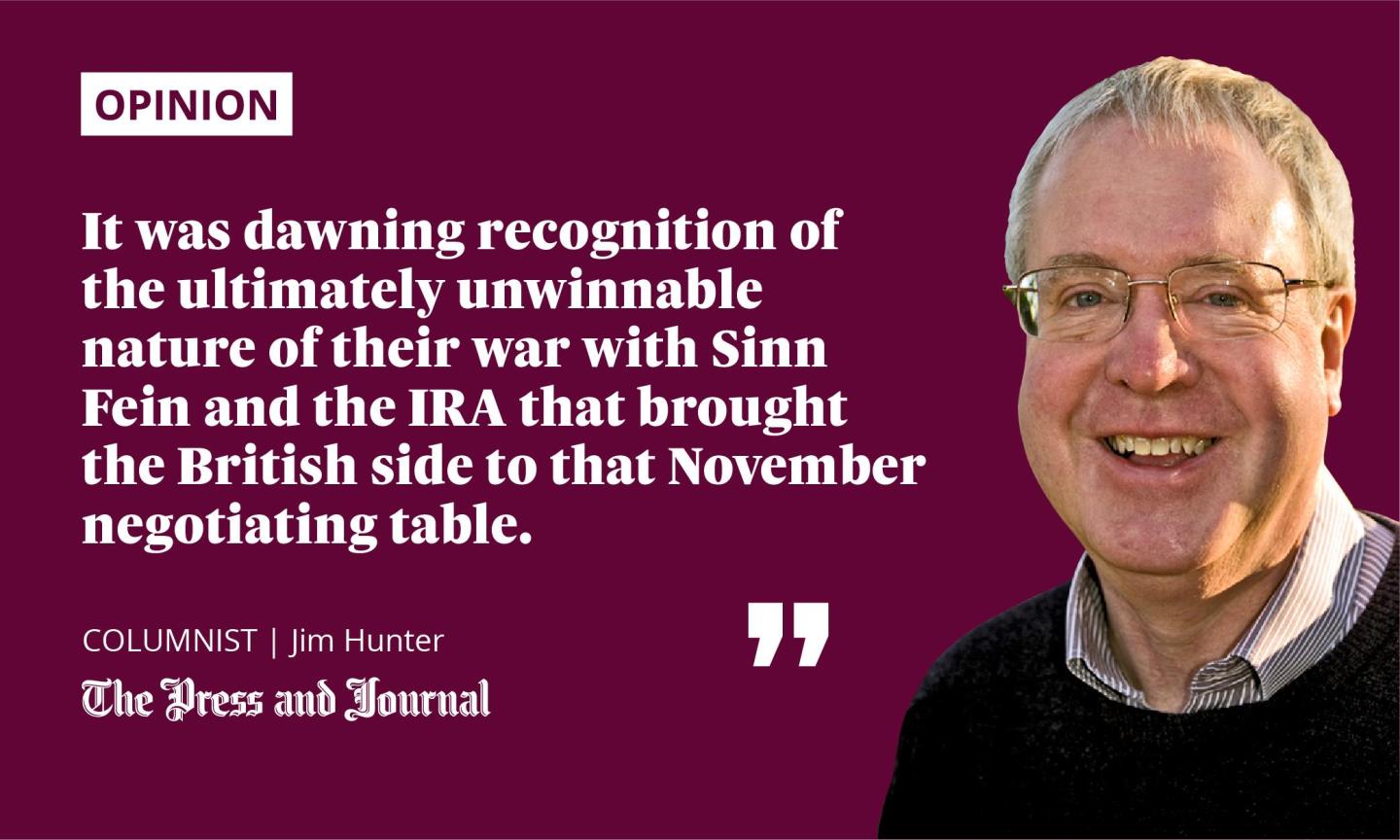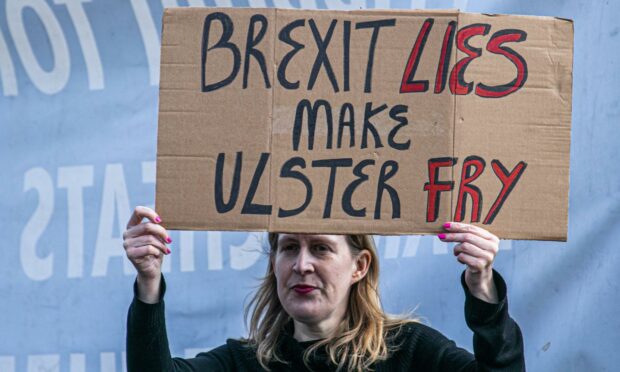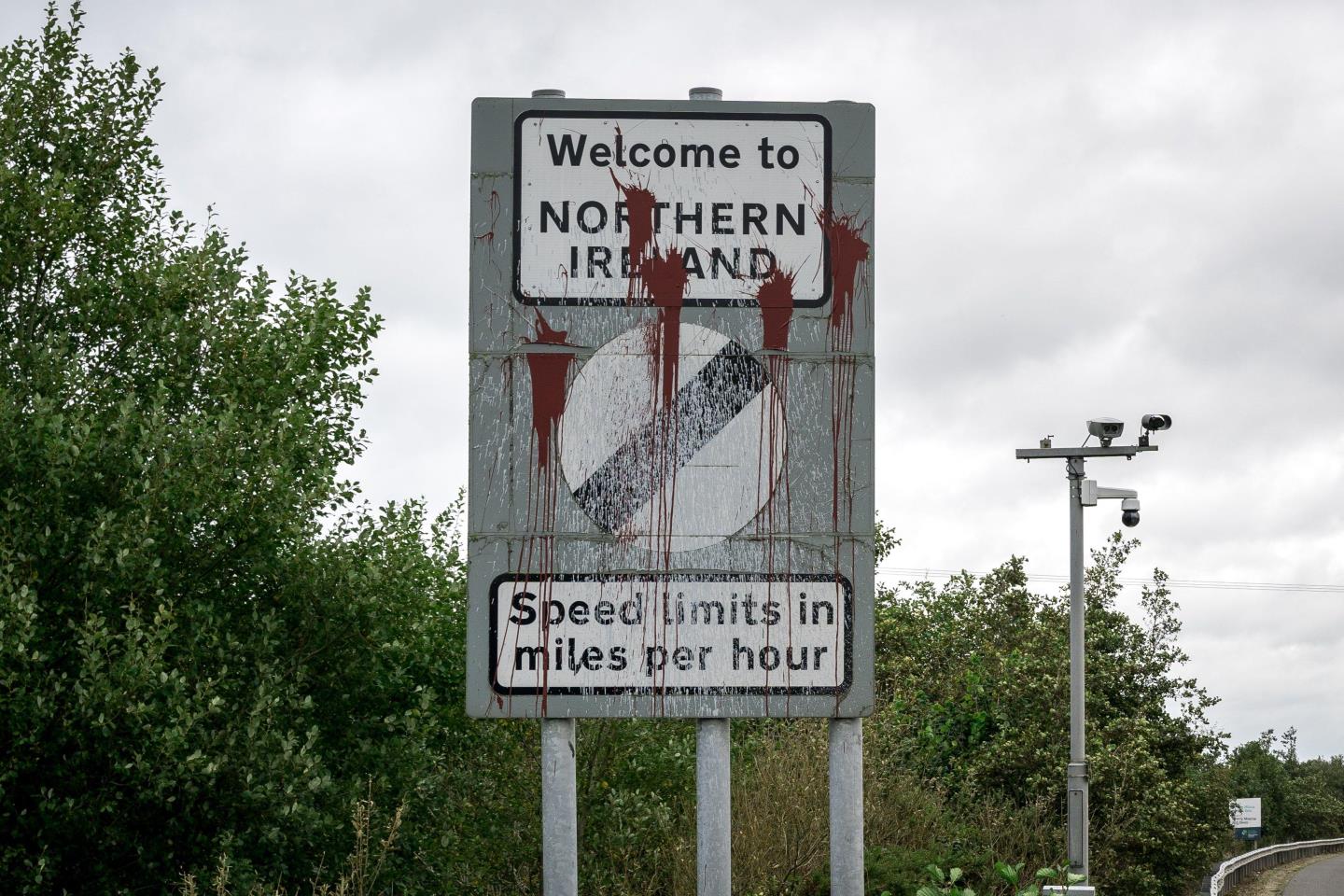November 1921. Exactly 100 years ago. Two teams of negotiators are at work in London.
Their task is to agree the break-up of the United Kingdom.
On one side are Britain’s leading politicians. They’re headed by Prime Minister David Lloyd George, whose coalition government (the government that, three years before, delivered victory over Germany) was returned overwhelmingly to power in a post-war election.
The premier is accompanied by one of his close allies, Colonial Secretary Winston Churchill, at this point (as he’s been since 1904) a Liberal MP.

Facing Churchill, Lloyd George and their colleagues are men of very different background. Some have done time in British jails. Some, not long before, were at daily risk of being gunned down by Britain’s military.
Firmly in this category is the man Lloyd George and Churchill see – correctly – as key to discussions proving anything but easy. His name is Michael Collins. Just turned 31, he’s Minister of Finance in a Dublin-based government that, in British eyes, has no legal existence. He’s also a key figure, indeed the key figure, in the guerilla force this government has deployed – with devastating effect – against Britain’s security apparatus in Ireland.
This force has begun to be known as the Irish Republican Army: the IRA.
A long, turbulent history
British rule in Ireland has a long history. It began with the medieval English kingdom’s invasion of the country in 1169. And it has produced, century after century, dissent, disagreement, rebellion.
By means of an Act of Union in 1801, the last vestiges of Irish autonomy were eradicated and Ireland was integrated into the UK in much the same way as Scotland had been in 1707.
From the 1880s onwards, however, a big majority of the 105 MPs sent from Ireland to Westminster were pledged to secure home rule for their country. What they wanted, in effect, was devolution of the sort that, in the 1990s, would be conceded to Scotland.
Irish home rule was agreed by Liberal administrations in London, but blocked repeatedly by the Conservative Party which now added “Unionist” to its name and, prior to the First World War, came close to backing armed rejection of a devolved Irish parliament in pro-union and Protestant Ulster.
Eventually, as war broke out in 1914, Home Rule was agreed on all sides – but its establishment, it was equally agreed, should wait until the war was won.
In the 1918 election that followed the world war’s end, Sinn Fein, won overwhelmingly in Ireland
There the matter rested until, at Easter 1916, the latest of Ireland’s many uprisings broke out in Dublin, where rebels occupied city centre buildings, proclaimed the creation of an Irish republic and, for a week, fought off attempts to crush them.
Irish support for the rising was, to start with, limited. That changed when the British authorities sentenced rebel leaders to death by firing squad. One such leader, Scots-born trade unionist, James Connolly, had been badly wounded in the Easter fighting and was shot while lashed to a chair.
Attempting to resolve an unwinnable war
Irish opinion now swung behind a previously insignificant political party, pledged not to home rule but to an independent republic of the sort that flickered briefly into life in 1916. In the 1918 election that followed the world war’s end, this party, Sinn Fein, won overwhelmingly in Ireland.
But Sinn Fein MPs didn’t go to Westminster. Instead, they met in Dublin, where they declared themselves the parliament of a new state – a state Britain then set out to destroy.
The War of Independence that followed was characterised by atrocities on both sides – atrocities aggravated by Britain’s decision to supplement its forces with the sometimes out-of-control irregulars known (because their uniforms mixed police serge with military khaki) as Black and Tans.
It was dawning recognition of the ultimately unwinnable nature of their war with Sinn Fein and the IRA that brought the British side to that November negotiating table. The outcome, embodied in a treaty signed on December 6 1921, was British recognition of what became the Irish Free State – effectively independent, but excluding six Ulster counties where unionists were a majority and which, as Northern Ireland, would remain in the UK.
With this settlement, Lloyd George and his colleagues thought they’d solved the so-called Irish Question that had for ages loomed large in British politics. They were wrong.
A century on from 1921, with the border between Northern Ireland and what is now the Irish Republic turning into the most vexed aspect of Brexit Britain’s acrimonious relations with the European Union, it’s sadly all too clear that the Irish Question remains as far as ever from solution.
Jim Hunter is a historian, award-winning author and Emeritus Professor of History at the University of the Highlands and Islands

